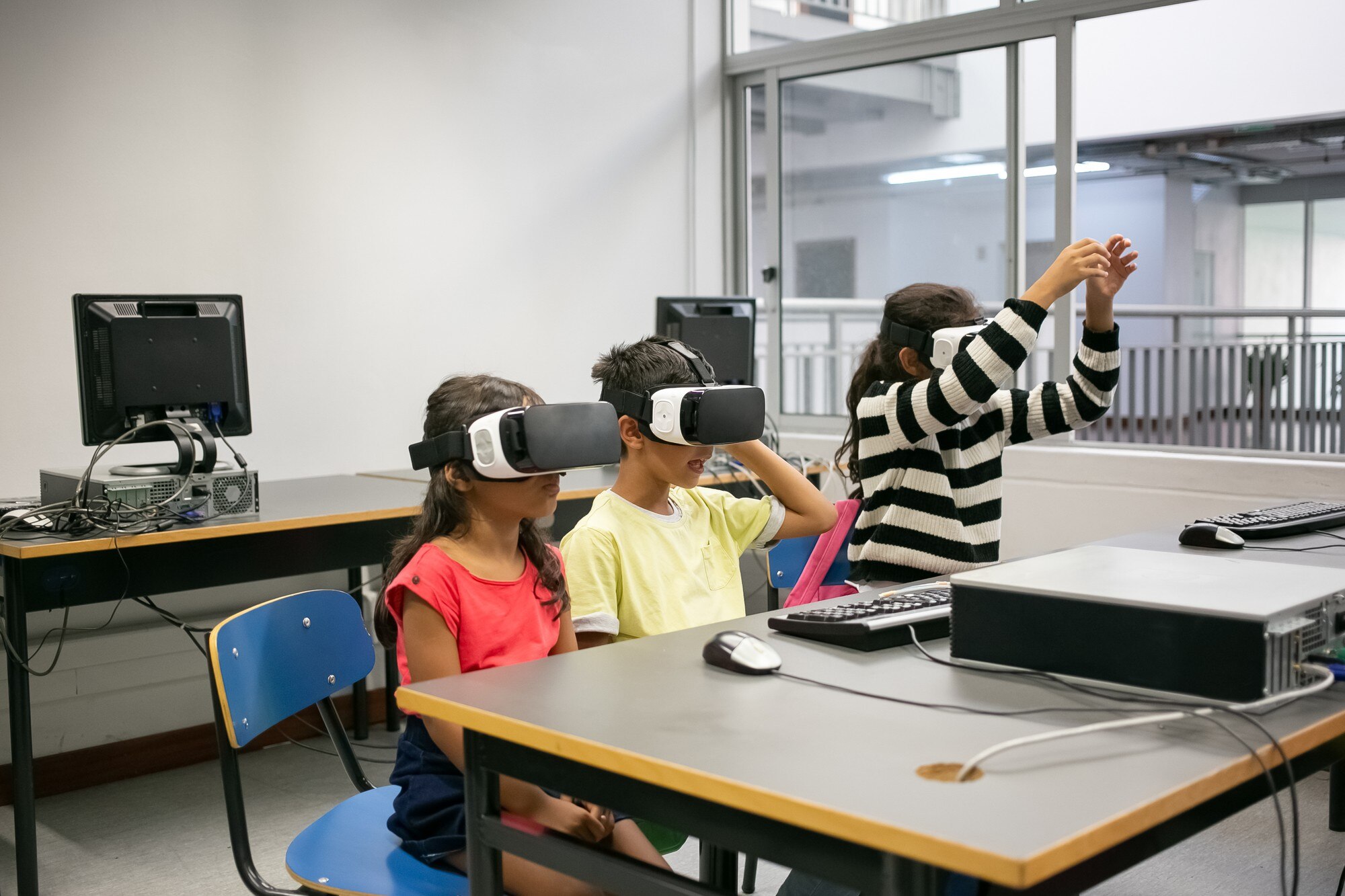Introduction
Picture this: you walk into a classroom, but instead of seeing bored students and monotonous lectures, you see kids eagerly tackling challenges, earning badges, and racing to the top of a leaderboard. No, this isn’t some futuristic dream, it’s happening now, thanks to the rise of gamification in education. By transforming traditional learning into something more interactive and enjoyable, educators are harnessing the power of games to make education more engaging and effective than ever before.
What is Gamification in Education?
Gamification might sound like a buzzword, but it’s actually a pretty simple concept. It’s all about taking the elements that make games so addictive—points, rewards, competition—and integrating them into educational activities. The idea is to make learning feel less like a chore and more like a game where students are motivated to participate, progress, and, most importantly, have fun.
Think of it this way: in a gamified classroom, a quiz isn’t just a test; it’s a chance to score points. An assignment isn’t just homework; it’s a quest to unlock the next level. By turning learning into a game, students become active players in their education, working toward goals and receiving instant feedback, just like they would in their favorite video games.
The Benefits of Gamification
1. It Makes Learning More Engaging
Let’s face it: keeping students engaged in a traditional classroom can be a challenge. But gamification has the power to change that. When learning is gamified, students are no longer just passive recipients of information; they’re actively involved in the process. Whether they’re solving puzzles, earning badges, or competing with classmates, they’re more likely to stay focused and invested in their education.
For instance, instead of dreading a math quiz, students might look forward to it as an opportunity to earn points or beat their personal best. This level of engagement helps make the material stick, turning boring lessons into memorable experiences.
2. It Boosts Motivation
Motivation is key to successful learning, and gamification provides a powerful boost. Games are naturally motivating because they offer clear goals, immediate rewards, and a sense of progression. In a gamified classroom, students are motivated not just by grades, but by the chance to earn rewards, level up, and see their name on the leaderboard.
Imagine a student who usually struggles with staying motivated. In a gamified environment, they might find themselves pushing harder just to earn that next badge or reach a new level. This kind of positive reinforcement can inspire even the most reluctant learners to put in the effort and strive for success.
3. It Allows for Personalized Learning
Every student learns at their own pace, and one of the biggest challenges in education is accommodating these differences. Gamification helps solve this problem by allowing for personalized learning experiences. In a gamified classroom, activities can be tailored to each student’s abilities, ensuring that the material is neither too easy nor too hard.
For example, if a student is struggling with a particular concept, the system might offer extra practice or provide hints to help them out. On the flip side, if a student is excelling, they might be given more challenging tasks to keep them engaged. This personalized approach helps students build confidence and master the material at their own pace.
4. It Encourages Problem-Solving Skills
One of the most valuable aspects of gamification is its ability to develop critical problem-solving skills. Many gamified learning activities require students to think strategically, work through complex problems, and come up with creative solutions. In a game, failure isn’t the end; it’s just a step toward figuring out the right answer.
Take, for example, a science class where students are tasked with solving a mystery using clues they’ve gathered throughout the lesson. To succeed, they need to apply what they’ve learned, think critically, and collaborate with classmates. This kind of hands-on, problem-solving approach not only reinforces the material but also helps students develop skills that will serve them well beyond the classroom.
5. It Fosters Collaboration and Social Skills
Gamification isn’t just about individual achievement; it’s also about working together. Many gamified learning experiences include collaborative elements, where students must team up to complete challenges or compete against other groups. This fosters a sense of community and teaches valuable social skills like communication, teamwork, and cooperation.
For instance, in a history class, students might work in teams to solve a historical puzzle or reenact an event, using their collective knowledge to succeed. This collaborative approach helps students learn to work together, share ideas, and support each other, which are essential skills in both school and life.
Real-World Examples of Gamification in Education
Duolingo: If you’ve ever tried to learn a new language, you might be familiar with Duolingo. This app uses gamification to make language learning fun and addictive. Users earn points for completing lessons, unlock new levels, and maintain streaks to keep progressing. It’s a perfect example of how gamification can turn a challenging task into an enjoyable game.
Kahoot!: Kahoot! is a game-based learning platform that has become a favorite among teachers and students alike. Teachers can create quizzes and interactive lessons that students can participate in using their devices. The competitive format, where students answer questions in real-time and see their scores instantly, makes learning exciting and fast-paced.
Classcraft: In Classcraft, the classroom becomes a role-playing game where students create avatars and earn experience points (XP) for academic achievements and positive behavior. Teachers can set up quests that align with their lessons, turning the classroom into a fantasy world where learning becomes an adventure.
The Future of Gamification in Education
The future of gamification in education is bright, especially as technology continues to evolve. Emerging technologies like virtual reality (VR), augmented reality (AR), and artificial intelligence (AI) are set to take gamified learning to the next level, creating even more immersive and personalized experiences.
Imagine a future where students can virtually explore ancient civilizations, conduct science experiments in a digital lab, or receive real-time, AI-driven feedback on their progress. The possibilities are endless, and the potential to make learning more engaging, effective, and fun is enormous.
Conclusion
Gamification is more than just a trend; it’s a powerful tool that’s transforming education. By turning learning into a game, we can make education more engaging, motivating, and effective for students of all ages. As technology continues to advance, the ways we can incorporate gamification into the classroom will only grow, offering students a richer, more personalized, and enjoyable learning experience. The future of education is here, and it’s a game worth playing.
Feel free to share your personal idea or opinion on the comment section.



Wow that’s good
Very nice
Nice for your mental illness. I love the innovation.
Thanks for the update and update and update and update and help you with your new job and your business is a great way to
Thank God now , we can make education more engaging, motivating, and effective for students of all ages
Nice for ones metal health
Good job